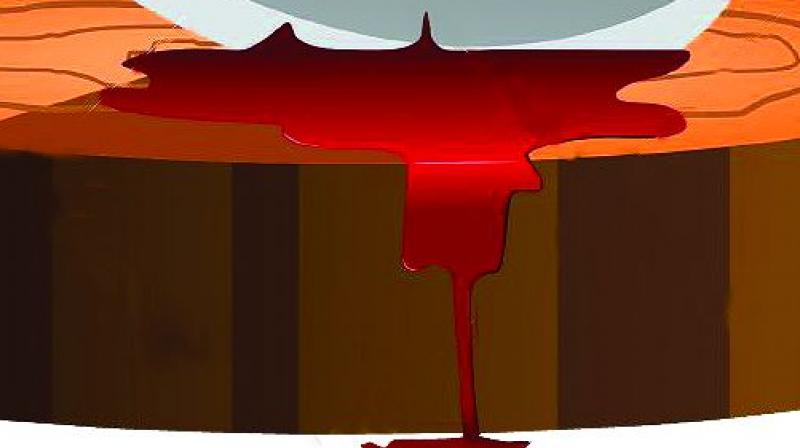Hyderabad's haleem love has a flip side piles of animal waste

Hyderabad: A goat or sheep when slaughtered generates 2-3 kg of animal waste. With over 2,200 hotels in the city engaged in making haleem during the Ramzan month, the demand for mutton has gone up by 60 per cent, vastly increasing the amount of animal waste accumulated on a daily basis.
Disposing of this extra animal waste is becoming a huge challenge for GHMC. While big slaughterhouses hand over the waste to the GHMC, small shops dump it in the drains, nalas or community bins. This waste is highly bacteria-infested.
Jiyaguda and Shaheen Nagar in the city outskirts are big hubs of slaughterhouses, but not too many of these are GHMC approved slaughterhouses. While 90 per cent of the goats and sheep flesh are consumed, there is a large amount of waste that includes hair, a few internal parts and horns. The skin goes into the making of leather.
While there are 2,200 registered hotels with the GHMC, there are several more that are not registered. The mutton is bought from the GHMC approved slaughterhouses as well as from the others. Small hotels prepare a handi using 8-10 kg of mutton that would be around the weight of one goat, while a bigger hotel would use a much bigger handi to cook around 50 kg, which would roughly be the meat from 5-6 goats.
Talking about the waste generated, Mr N. Ravi Kiran, Additional Commissioner, Health and Sanitation, said, “Animal slaughter has increased in the traditional slaughterhouses. Presently, out of the 9,000-odd animals being slaughtered, over 4,000-5,000 animals are being slaughtered in these slaughterhouses. The police and GHMC have been intervening to shift these butchers to approved slaughterhouses in Amberpet and Bhoiguda.”
“Presently, the increased waste is being sent to Jawaharnagar dumping yard. However, it will soon be diverted to the rendering plant at Chengicherla. The waste will be used as food for poultry and fish farming.”

